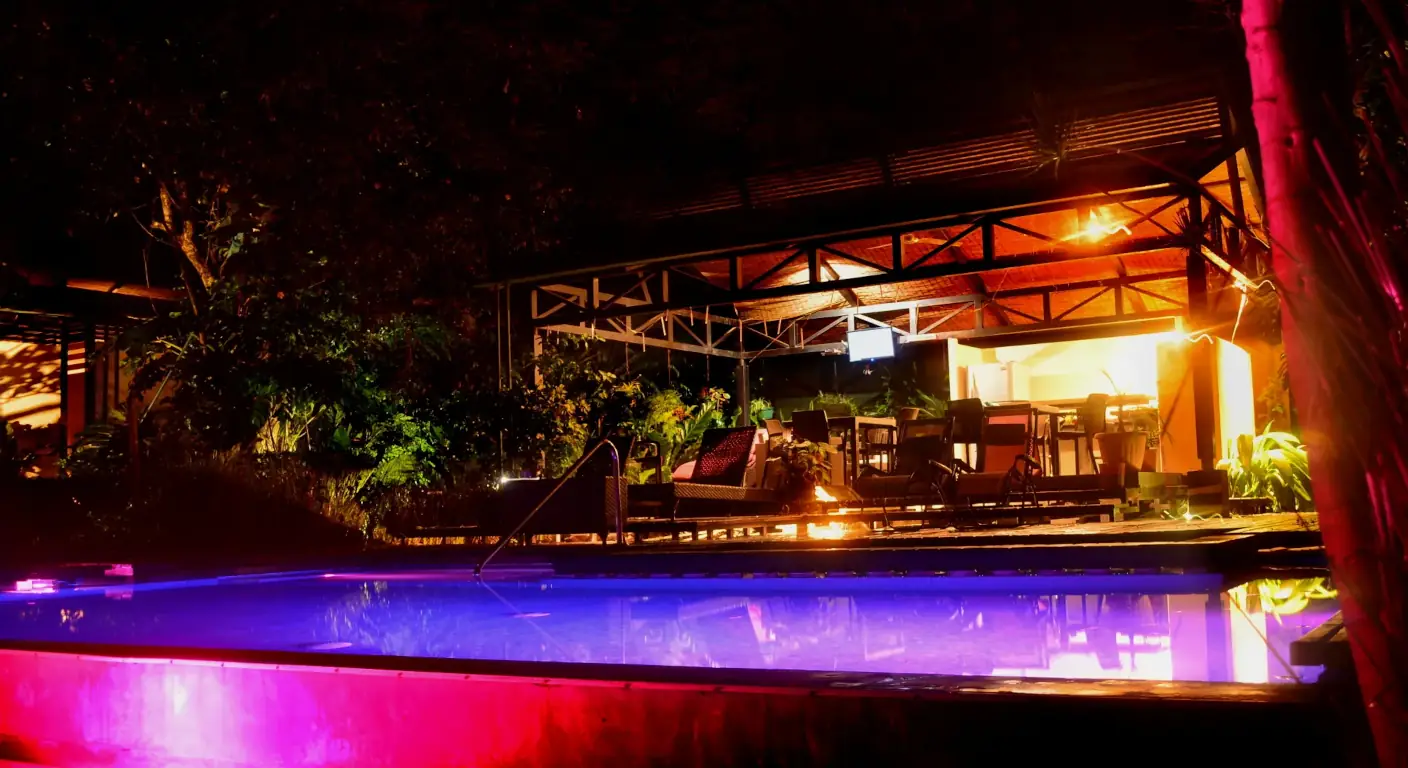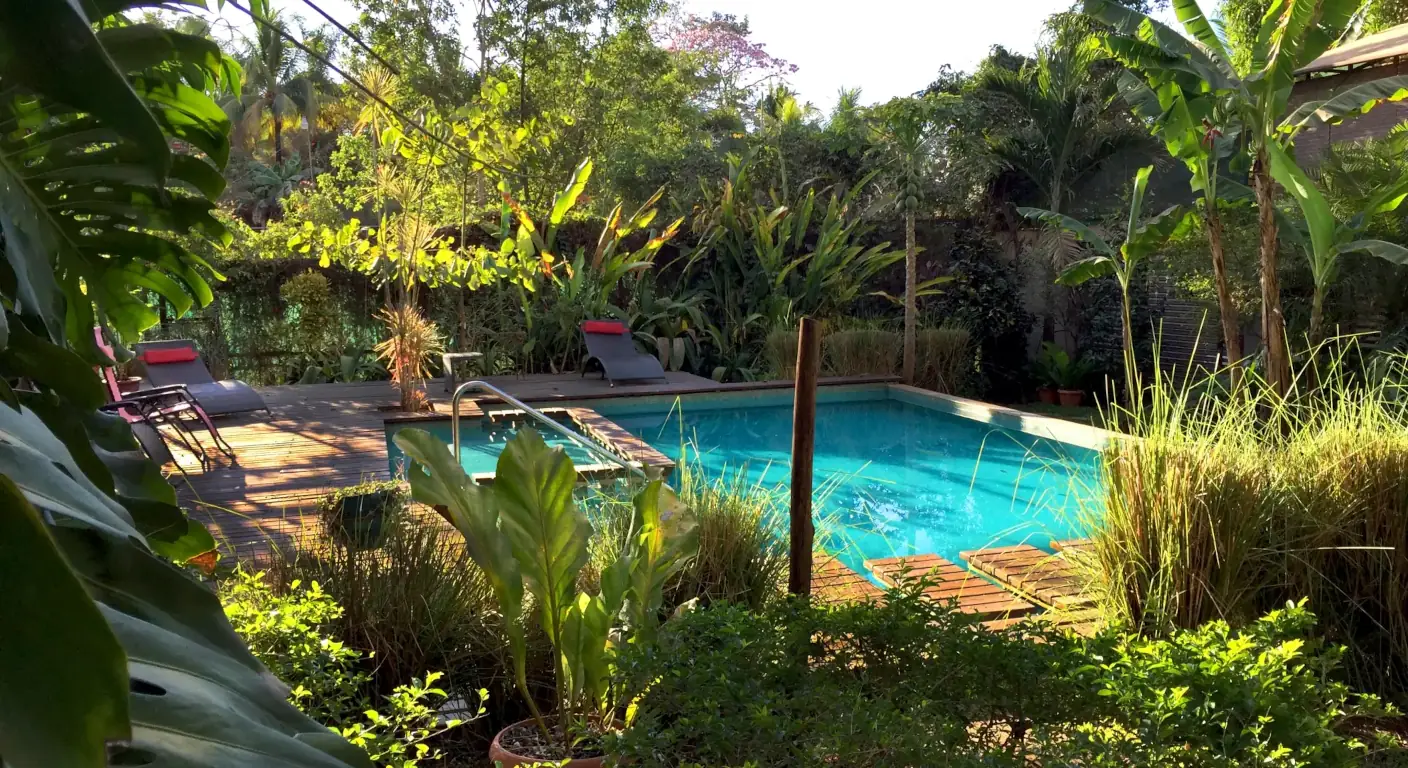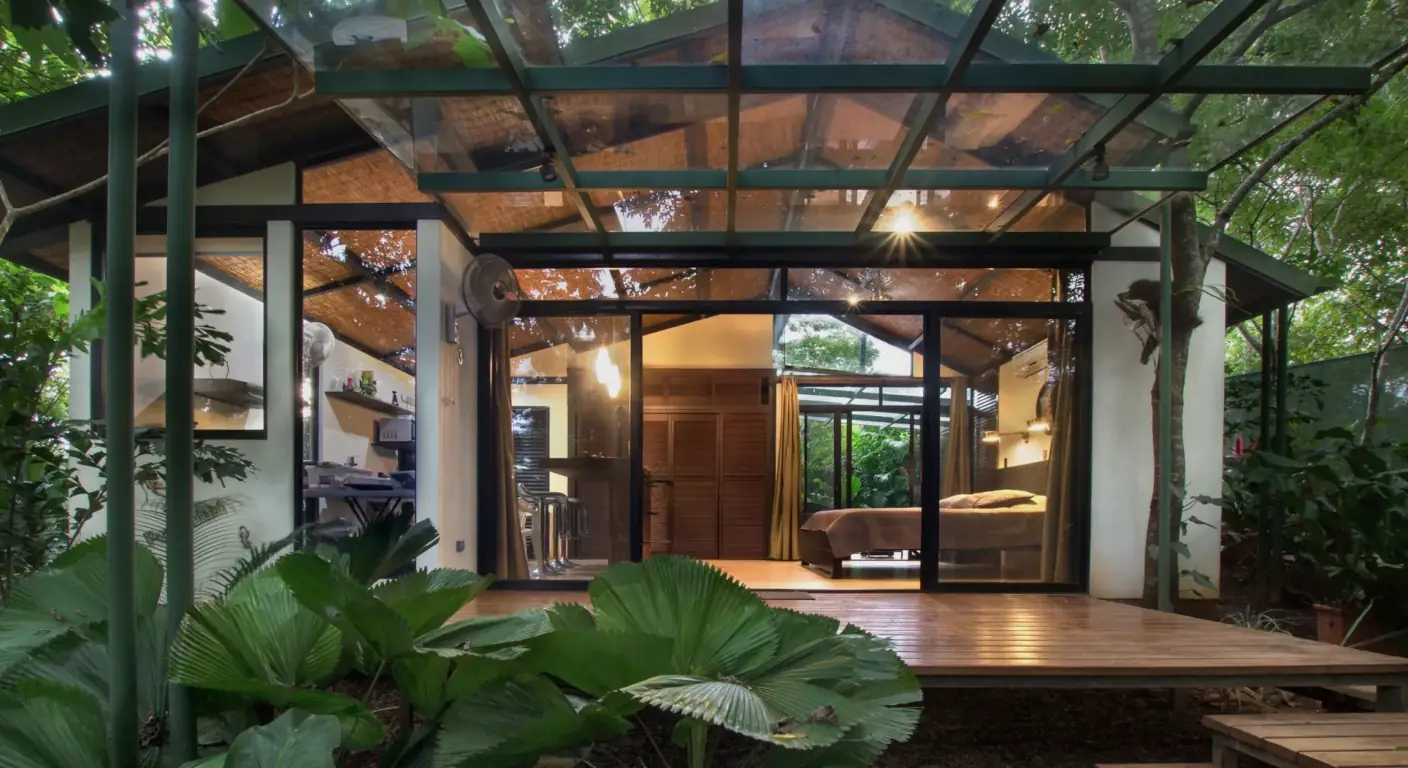Fighting climate change using different initiatives is one of the most relevant and important points of the German Embassy in the country.
Costa Rica receives reinforcement from Germany for multiple conceived in environmental protection programs. For example, the German Agency for development cooperation (GIZ), working on 16 projects, 70 of whom work on German and Costa Rican. The organization invests a total of 50 million euros in the country.
“Climate change is a fundamental issue, because this depends on the life of future generations, both in Germany and Costa Rica. Internationally, our countries are strategic partners in this field, “said Ingo Winkelmann, Ambassador of the Federal Republic of Germany in San Jose.
Likewise, politics, culture and economy are other priorities of the Germans in the country.
By the Chamber of Commerce economic relations between the two governments are strengthened. “Companies want fundamental factors such as high levels of education staff, good logistics and infrastructure, low overhead, and little bureaucracy before making investment decisions,” Winkelmann said.
An example is Bayer, German chemical and pharmaceutical company, which invested about 2 billion euros this year at its facility in Costa Rica.
A cultural agreement established between the two governments is the Goethe Centre, an institution where courses are offered to learn German at different levels.
The training center is the only recognized in the country by the German State. It is open to the public at the offices located in the Humboldt School in Pavas and Bible College in San Pedro.
Also, if the Costa Rican students wishing to apply to a university in the country, the German Academic Exchange Service (DAAD) offers scholarships for masters and doctorate in about 37 areas.
The first step to apply for this financial support is to meet the requirements to continue graduate studies at a German university and then approach the company website to discover more information.
In the last 10 years, the DAAD has provided scholarships to 2,400 students in Central America.
“I want to maintain good relations we have maintained both countries during previous years. Costa Rica is our partner for excellence in Central America, due to the political stability and democratic culture, “said Winkelmann.



